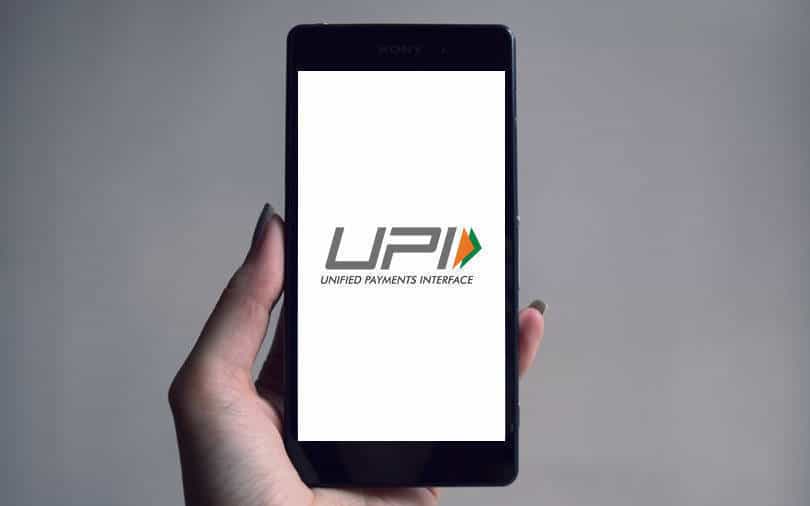
In 2019, UPI Payments have beaten credit cards and debit cards in terms of transaction volume an interest and this has been really impressive. Why is this even impressive? Given the increase in the consumer usage for debit and credit cards by 30%, the speed with which UPI Payments grew is remarkable. In the initial months of 2019, UPI Payments accounted for only 50% of the debit and credit card transactions.
Apart from the technical efficiency of UPI, transactions can take place over any device and are quick. UPI has cleverly turned it into a network rather than leaving it as a product. UPI established the fundamental infrastructure through which money could be sent from one account to another, and then let all banks develop their apps for transactions. NPCI soon developed an app of its own knows as BHIM, which was endorsed by the Prime Minister and spurred the whole process. Even demonetisation led to an increase in the number of users joining the UPI network.
The interesting fact about UPI is, that it is designed to prevent monopoly in the market. UPI payments allows users on two different platforms to transfer money. This helps in serving the main purpose of increasing traffic on the platform as people who use GPay or PhonePe are ultimately UPI users. Private players are spurring up the process by establishing their own UPI platforms.
Its stunning to see the phenomenal growth of a payment mechanism that just came three years ago. The system was initially designed for mass adoption. But it involves more number of steps in order to complete a transaction than a credit card transaction.
Also Read ( FASTag Now In India: Starting From December 1, Mandatory.
The most common scenario of a payment made by a customer would involve the following steps:
- 1: Scanning of QR Code
- 2-6: Verification of the UPI handle by the customer’s app
- 7: Required amount and keys are entered
- 8: Payment request is sent to NPCI by the customer’s app
- 9-10: NPCI verifies with the merchant’s PSP (Payment-Service Provider) about the bank details wherein the payment is to be made
- 11-12: NPCI handles the process where the customer’s account in that specific bank is debited
- 13-14: The amount is thus, credited in the merchant’s account upon verification by NPCI
- 15: Notification is sent to the merchant’s PSP by NPCI
- 16: Merchant receives an SMS or app notification by the merchant’s PSP
- 17: Notification is sent to the customer’s PSP by NPCI
- 18: Customer receives an SMS or app notification by the customer’s PSP
